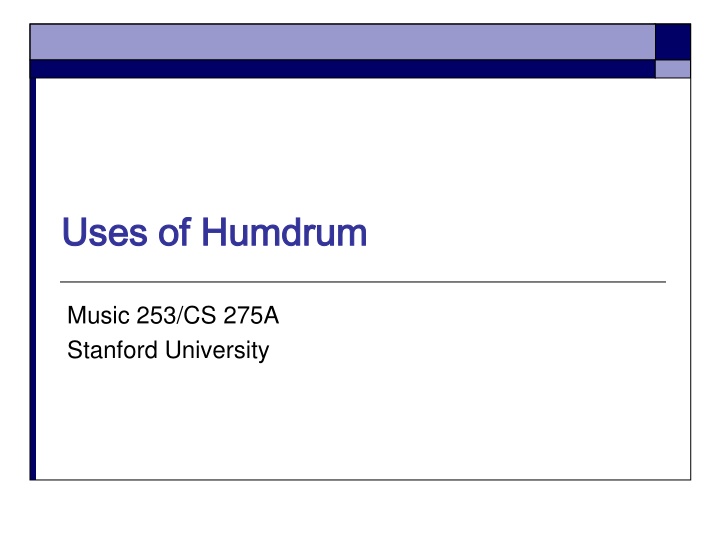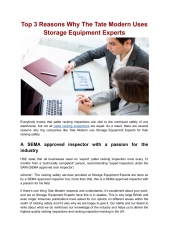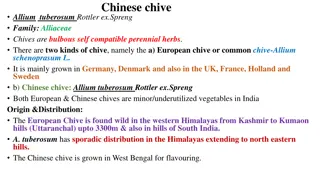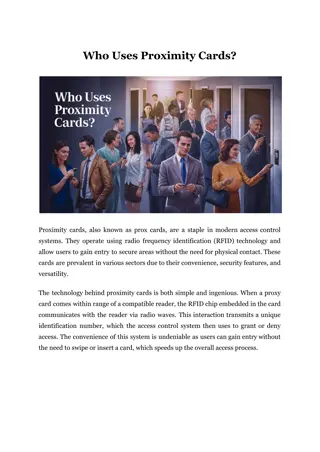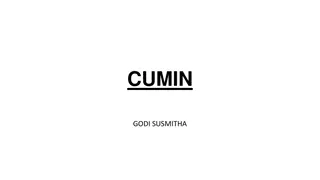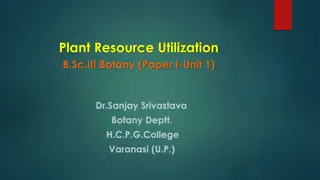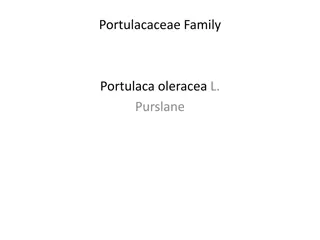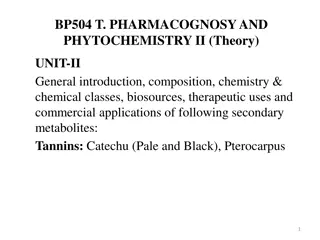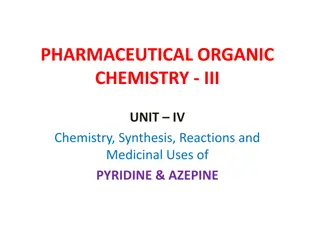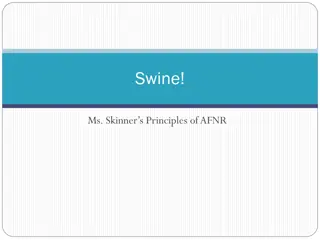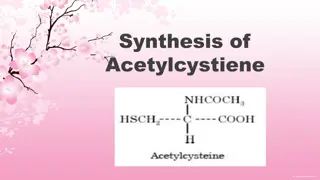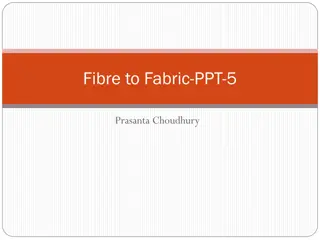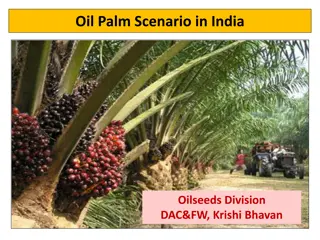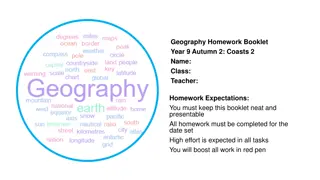Uses of Humdrum
Dive into the world of music analysis with a focus on traditional categories such as Harmony, Counterpoint, Melody, and Rhythm. This journey extends to analytical styles, computational graphing, and ethnomusicology, offering insights into different perspectives on music analysis. Discover how music can be analyzed without sound, through imported procedures from various fields like Linguistics, Mathematics, and Computer Science. Explore legitimate projects involving data translation, enrichment, and style evaluation linked to MIDI or audio. Unveil sample projects showcasing the diverse approaches to music analysis in a structured, informative manner.
Download Presentation

Please find below an Image/Link to download the presentation.
The content on the website is provided AS IS for your information and personal use only. It may not be sold, licensed, or shared on other websites without obtaining consent from the author.If you encounter any issues during the download, it is possible that the publisher has removed the file from their server.
You are allowed to download the files provided on this website for personal or commercial use, subject to the condition that they are used lawfully. All files are the property of their respective owners.
The content on the website is provided AS IS for your information and personal use only. It may not be sold, licensed, or shared on other websites without obtaining consent from the author.
E N D
Presentation Transcript
Uses of Humdrum Uses of Humdrum Music 253/CS 275A Stanford University
Traditional categories of music analysis Traditional categories of music analysis Traditional means of analysis Harmony Counterpoint Melody Rhythm Feature sets CS 275A/Music 253 2015 Eleanor Selfridge-Field 2
Analytical styles Analytical styles , computational graphing, ethnomusicology Riemann analysis Blair Johnson, MTO (2012) Schenkarian analysis Root analysis CS 275A/Music 253 2015 Eleanor Selfridge-Field 3
Music analysis without music Music analysis without music Tartini (sw) CS 275A/Music 253 2015 Eleanor Selfridge-Field 4
Perspectives on music analysis: 1 Perspectives on music analysis: 1- -2 2 Traditional (theoretical, historical) means of analysis Harmony Counterpoint Melody Rhythm Statistical (systematic) approaches Feature sets: results related to score Feature sets: results reported in tables, charts, graphs CS 275A/Music 253 2015 Eleanor Selfridge-Field 5
More approaches to analysis More approaches to analysis Imported procedures Often procedural or structural Borrowed from Linguistics Mathematics Computer science Engineering Cognitive studies Performance-based analysis Data visualization CS 275A/Music 253 2015 Eleanor Selfridge-Field 6
Other legitimate projects Other legitimate projects Data translation, enrichment Linking symbolic data with MIDI or audio Style evaluation (and generation as proof of concept) CS 275A/Music 253 2015 Eleanor Selfridge-Field 7
Sample Projects, Random Order CS 275A/Music 253 2015 Eleanor Selfridge-Field 8
Algorithmic generation: 12 Algorithmic generation: 12- -bar blues bar blues Francesco Giomi, c. 1988 CS 275A/Music 253 2015 Eleanor Selfridge-Field 9
Hierarchical systems: Hierarchical systems: Lerdahl Lerdahl- -Jackendoff Jackendoff Generative theories of musical grammar (1984) CS 275A/Music 253 2015 Eleanor Selfridge-Field 10
Phrase families ( Phrase families (centonization centonization) ) Panos Mavromatis (2006) N.B. Lerdahl-Jackendoff touch CS 275A/Music 253 2015 Eleanor Selfridge-Field 11
Linear systems (species counterpoint) Linear systems (species counterpoint) Several systems CS 275A/Music 253 2015 Eleanor Selfridge-Field 12
Imitative systems (18 Imitative systems (18th th- -century counterpoint) century counterpoint) Timothy Smith, NAU CS 275A/Music 253 2015 Eleanor Selfridge-Field 13
Generative chorale variations Generative chorale variations Dominik H rnel (2005): Pachelbel Keyboard elaboration generated from chorale melody CS 275A/Music 253 2015 Eleanor Selfridge-Field 14
Rhythm, Meter, Tempo (performance) Rhythm, Meter, Tempo (performance) Simon Dixon, Gerhard Widmer, Walter G bl (2004) CS 275A/Music 253 2015 Eleanor Selfridge-Field 15
Geospatial mapping of musical features Geospatial mapping of musical features Bret Aarden (1998) Minor mode Triple meter CS 275A/Music 253 2015 Eleanor Selfridge-Field 16
Tabla Tabla drumming drumming Parag Chordia: bol processor (2006) CS 275A/Music 253 2015 Eleanor Selfridge-Field 17
Themefinder Themefinder (melodic search) (melodic search) Huron, Kornst dt, Sapp, et al. (1996) themefinder.org CS 275A/Music 253 2015 Eleanor Selfridge-Field 18
Haydn Haydn- -Mozart Quartet Quiz Mozart Quartet Quiz ( (machine learning/information theory) ) Yi-Wen Liu, C. Sapp (2002-04) -entropy study (EE) [qq.themefinder.org] CS 275A/Music 253 2015 Eleanor Selfridge-Field 19
Neuromusicology Neuromusicology Carol Krumhansl: Tonal, harmonic understanding Their physiological correlated Petr Janata: specific-key perception Neural correlates Petri Toiviainen Spatial-temporal music cognition CS 275A/Music 253 2015 Eleanor Selfridge-Field 20
